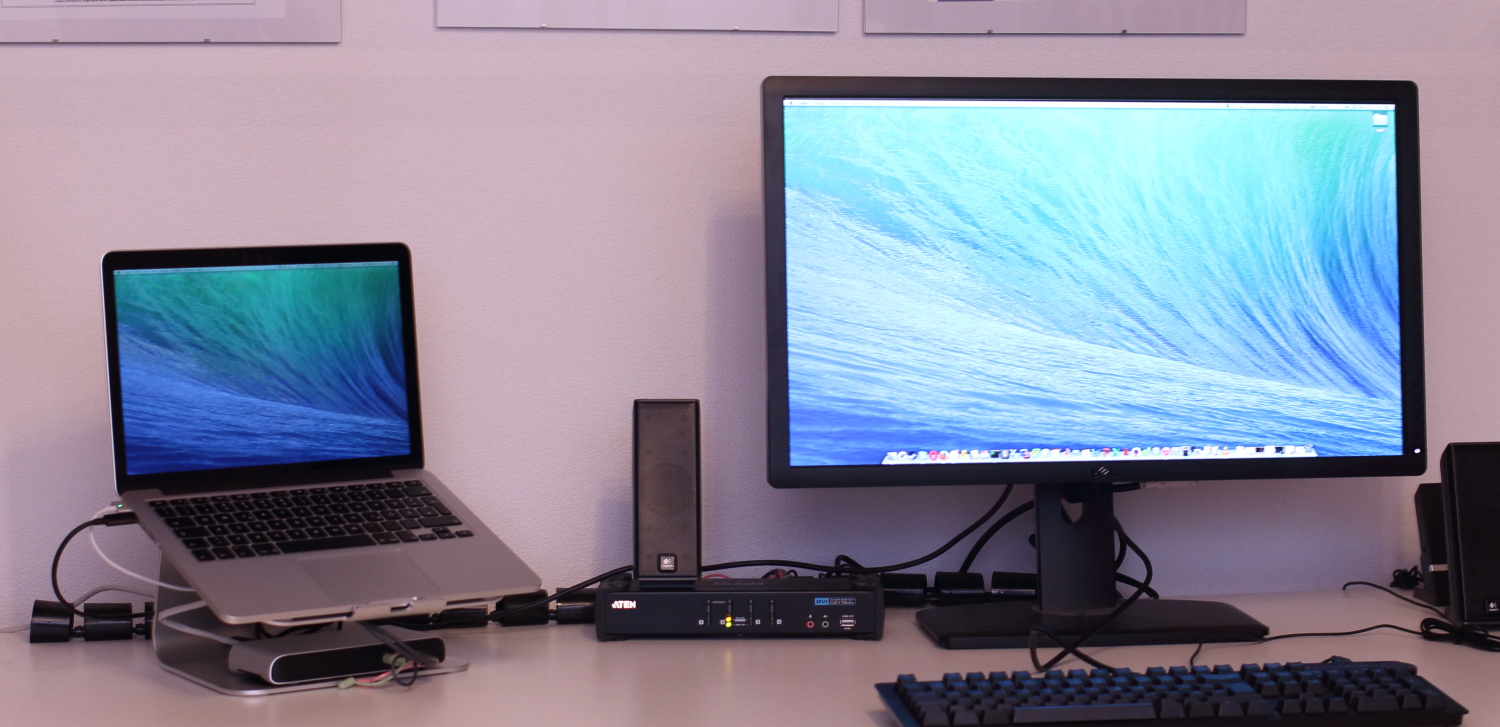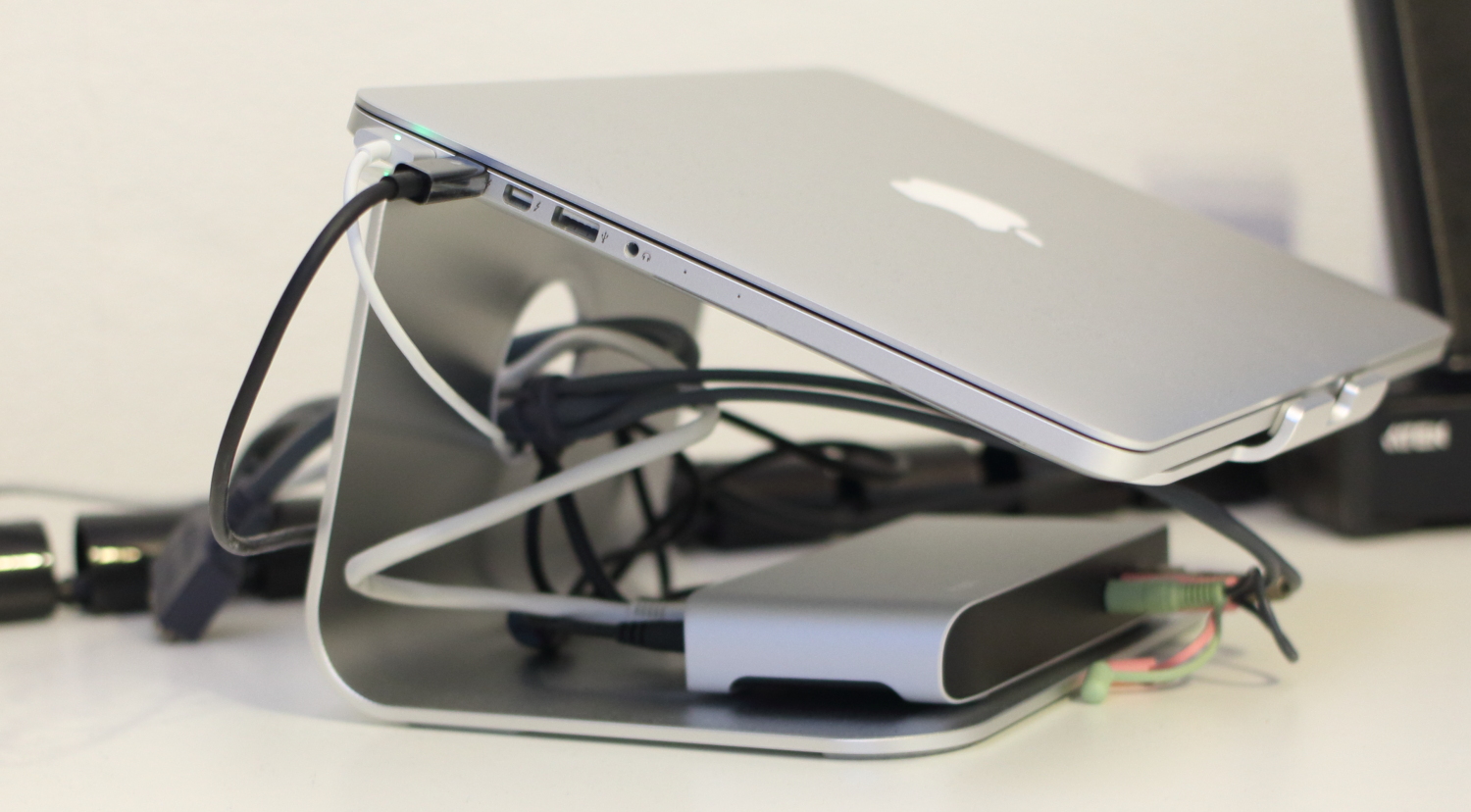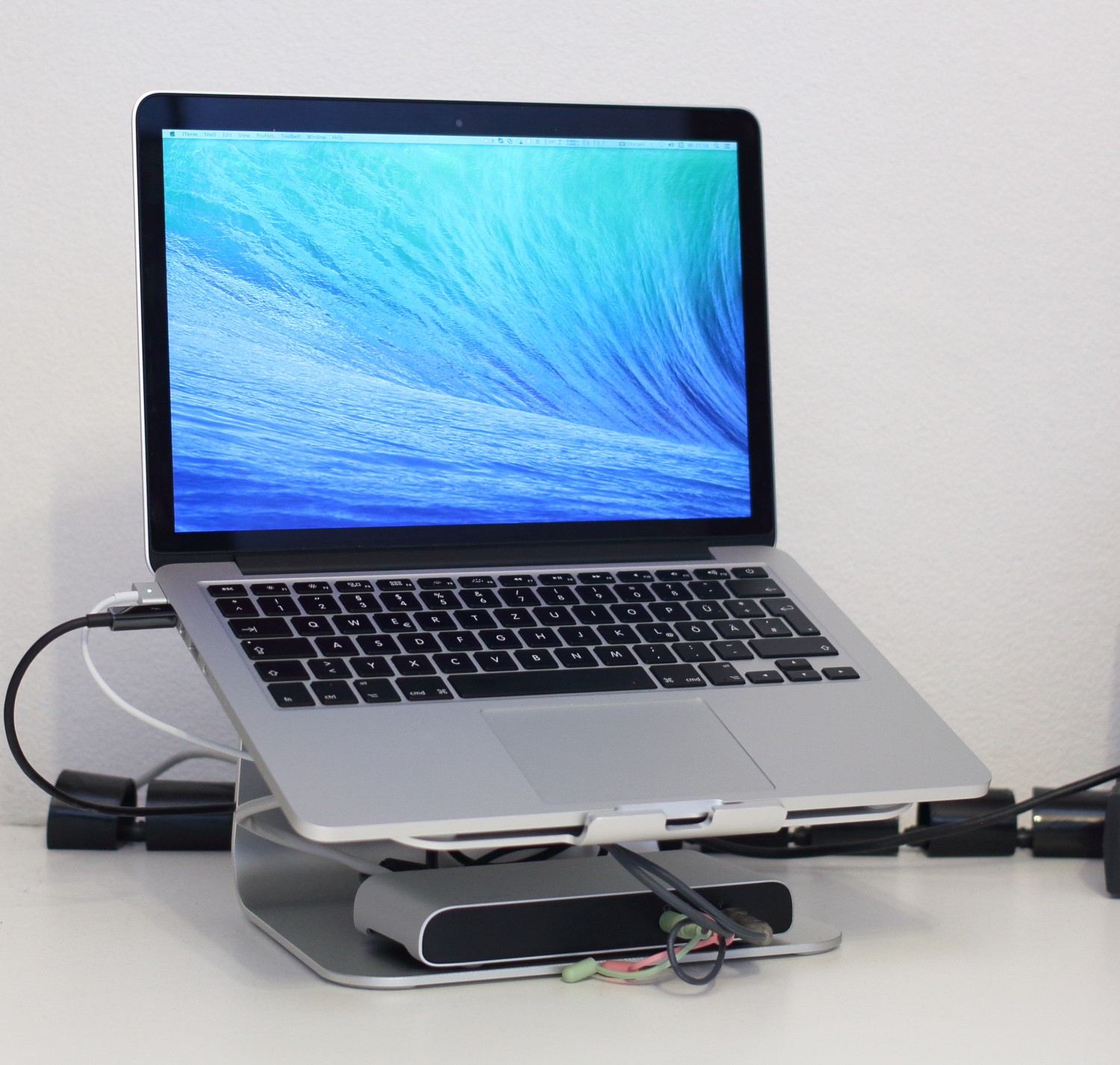Mac OS X - report after switching 60 days ago
Attentive readers of my blog or Twitter feed might have seen that I'm also spending my time on OS X relevant topics for two months. The reason for this is that I switched the operating system of my notebook from Microsoft Windows to Mac OS X.
Why?
To be honest there was no crucial reason for switching. Since my childhood I was using Microsoft Windows (since version 3.1) - and after a short trip with Linux desktops I returned to Microsoft Windows again. I was interested in a radical change after being frustrated about my last tests with Linux on the desktop. Because I have made first positive experiences with OS X on a Mac Mini I decided to replace my Thinkpad with a MacBook. Changing the hardware would have been necessary anyway as the T420s wasn't sufficient for my needs anymore.
Hardware selection

After I had a look at the MacBook Air I finally decided to buy a MacBook Pro Retina 13,3. The main reason for the MacBook Air would have been the attractive price beginning at 900 euro - unfortunately the low memory of 4 GB and the low-density display are quite unalluring. Luckily I found an online offer of a MacBook Pro with Retina display and a much better hardware configuration. The extra charge was quite small and worth it. My device is equipped with:
- 13,3 inch Retina display with 2560x1600 pixel resolution
- Intel Core i5 processor (i5-4258U, 2,4 Ghz, 3 MB L3)
- 8 GB memory
- 256 GB SSD

For using at home I also bought a Elgato Thunderbolt docking station which is a good expansion to the Rain mStand. The dock connects the MacBook with my gigabit network, keyboard, mouse and a DELL U2713H screen. This screen replaced my two Samsung SyncMaster 2433LW screens. After working for two weeks exclusively on the Retina display I was shocked when I turned on the 5 years old Samsung screens again - I really wanted to have something with a adequate resolution. Because the new screen's resolution matches the Retina display I don't need a second screen anymore. As a result I even have more space on my desk. If I need more temporary screen space I can add the MacBook screen to expand the desktop.
Software alternatives
The hardest thing while changing the operating system is selecting the software. Especially when you were using one particular platform for couple of years it might be hard to find adequate alternatives. Fortunately a part of my software (Firefox, Opera, Citrix, Skype, VLC,...) is platform-independent so that I didn't need to search alternatives. I found alternatives for the remaining software:
- Microsoft Office 2010 => Microsoft Office for Mac 2011 (*)
- VMware Workstation => VMware Fusion (*)
- WinRAR => UnrarX
- Texmaker => TeXnicle
- Camtasia => Camtasia 2 for Mac (*)
- KeePass => KyPass Companion (*)
- OpenVPN => Viscocity (*)
- Photoshop => GIMP
- Filezilla => Cyberduck
(*) = with costs
For some applications it was necessary to buy additional licenses. Beyond that I found the following applications and tools very useful:
- Airmail (with costs) - in my opinion the best mail client for OS X
- Android File Transfer - OS X doesn't support MTP, using the tool it is possible to exchange files between smartphone and computer
- iStat - displaying battery/network/cpu/memory/battery statistics
- Microsoft Remote Desktop - official Microsoft RDP client
I don't need dedicated software for some use-cases anymore. I really missed the CalDAV/CardDav support in Microsoft Office - there were many third-party applications to fill this gap but I wasn't successful with those. As a result I managed my contacts and calendars only on my smartphone and tablet. OS X offers a great native integration for this use-case - I'm able to use my Baikal database furthermore.
Conclusion

After about 2 months I became familiar with OS X. Problems mostly occur only while switching between the particular operating systems - e.g. when I'm using my business computer running Microsoft Windows after the weekend.
I'm very happy with the MacBook Pro's hardware - especially the Retina display. Unlike my apprehension the slightly glossy display isn't annoying at all. At this point I'd like to mention that "glossy" is not equal to "glossy". When I hear "glossy screens" I'm thinking about the panels that are built into low-budget notebooks. The Retiny display offers a much greater screen - the panel is slightly glossy but outdoor usage is possible anyway. The battery life is much greater in comparsion with my Thinkpad - I think the age is not the only reason for this. Another thing I really like is the nearly silent cooling - my T420s was often annoying me. As a Thinkpad fan the legendary keyboard was always my first choice - but I have to admit that the Apple keyboard is at least comparable. The key-stroke is comfortable and tipping on it is quite nice. Illuminated keyboards are open to dispute - for me the backlight is a adequate replacement for the Thinklight. A Thinkpad feature I'm really missing is the docking port. Indeed the Thunderbolt dock is also a docking station but I need to connect two cables: the power and the Thunderbord cable. For the Thinkpad is was sufficient to click the notebook into place. You also need to be willing to compromise concerning the expandability when switching from a conventional notebook. All my previous notebook were equipped with a SSD (for the operating system and applications) and a conventional hard drive for "unimportant" files (music library, virtual machines, etc.). This option is not available for the MacBook which means that you need to balance between a SSD or a hard drive. As a result I bought a MacBook with a adequate SSD and moved rarely used data to my NAS.
For me OS X is a good compromise between a "simply working desktop" and an unixoid operating system which offers a complete set of Unix software for power users. Linux would have also been interesting for me but unfortunately my recent tests showed me that Linux can't be a serious option for me for the next years.